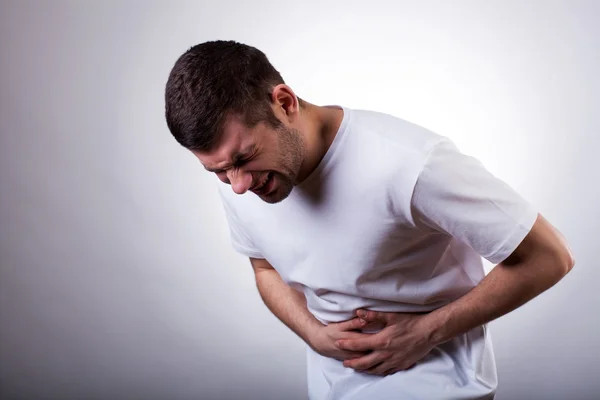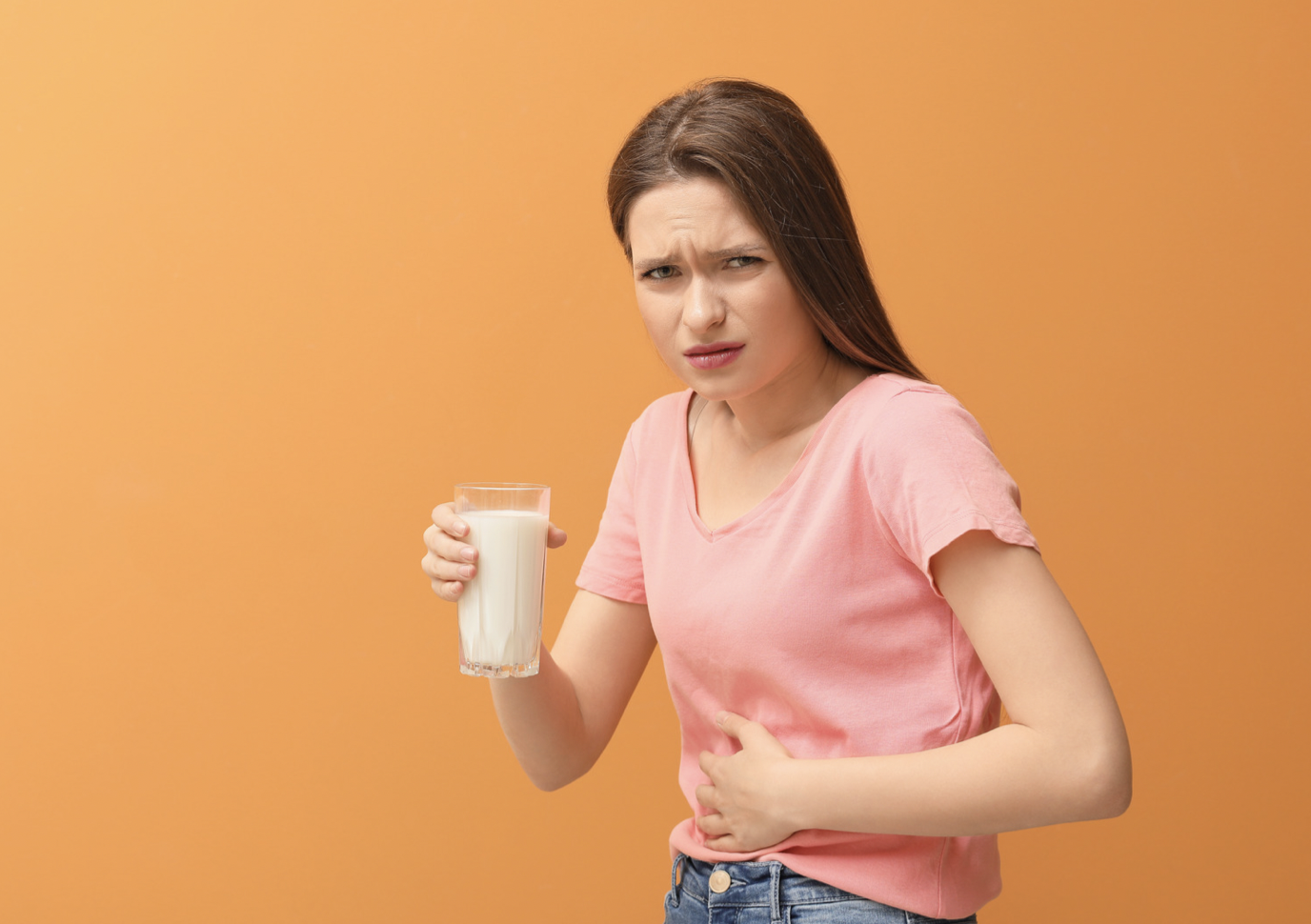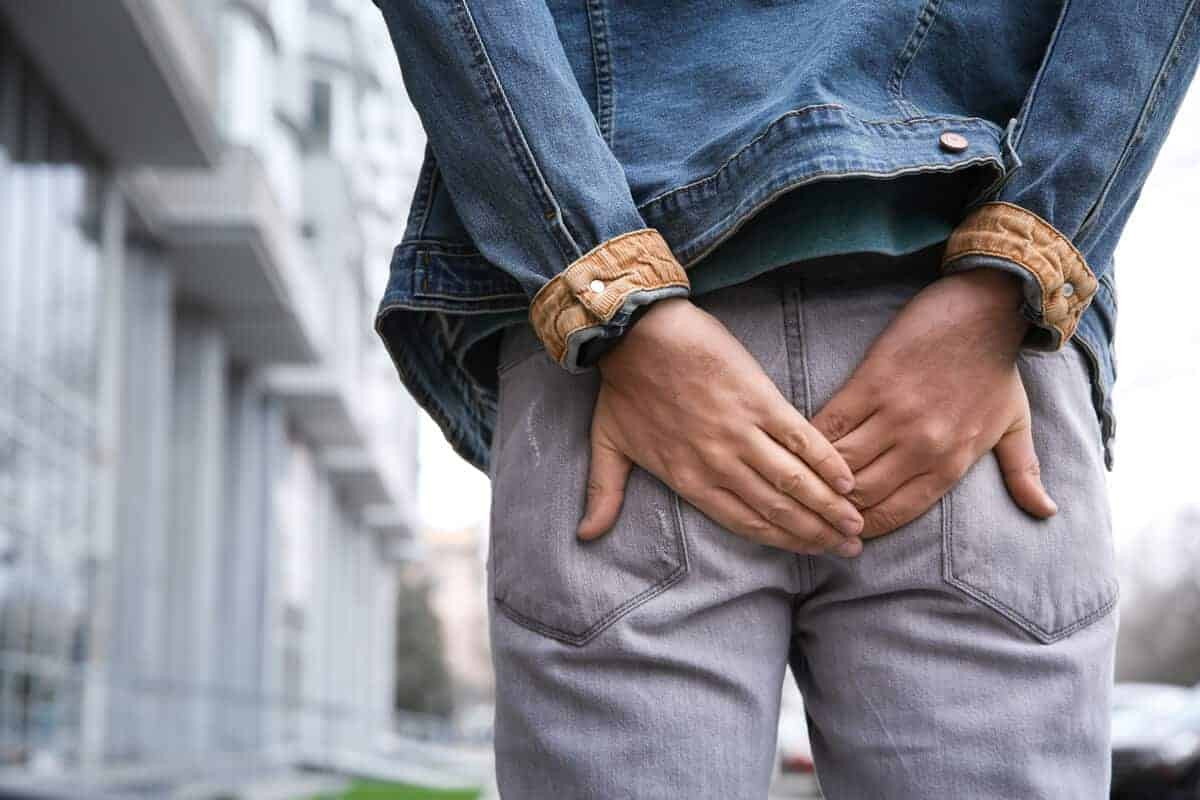Definisi
Divertikulitis adalah infeksi atau peradangan yang terjadi pada divertikula. Divertikula adalah kantung kecil yang dapat terbentuk pada lapisan dinding terdalam sistem pencernaan, umumnya timbul dibagian usus besar (Kolon). Normalnya, kantong ini tidak menyebabkan masalah. Penyakit terkait divertikula biasanya muncul di negara-negara maju. Penyakit ini terjadi pada 180 orang per 100.000 penduduk. Sekitar 18-20% orang yang memiliki divertikula pada usus mengalami divertikulitis.
Penyebab
Divertikula biasanya muncul pada dinding usus besar. Seiring dengan pertambahan usia, jaringan pada usus besar mulai kekurangan zat kolagen yang bertanggungjawab pada kelenturan atau elastisitas organ. Dinding usus besar yang semakin kaku dan otot-ototnya semakin lemah inilah yang membentuk lipatan-lipatan seperti kantong sebagai faktor pencetus terbentuknya divertikula.
Penyebab divertikulitis belum diketahui secara pasti, namun berkaitan dengan kerusakan dinding divertikula. Kerusakan dinding divertikula terjadi akibat pengikisan oleh partikel makanan yang tidak tercerna atau partikel kotoran yang menumpuk di dalam divertikula tersebut. Selain itu, penumpukan partikel ini juga menyebabkan sumbatan pada divertikula sehingga divertikula semakin membesar dan berpotensi menyebabkan pertumbuhan bakteri. Perubahan jumlah bakteri dalam usus juga dapat menyebabkan infeksi pada divertikula.
Faktor Risiko
Divertikulitis banyak terjadi di negara maju karena terkait dengan pola makan. Makanan yang berisiko tinggi menyebabkan divertikulitis adalah:
- Makanan rendah serat
- Makanan tinggi lemak
- Daging merah
Selain itu, makanan-makanan ini juga berisiko menyebabkan gerak usus besar melambat. Pergerakan lambat pada usus menyebabkan penumpukan kotoran/ tinja, serta frekuensi BAB yang menurun (sembelit). Divertikulitis paling sering ditemukan pada orang yang:
- Berusia di atas 60 tahun.
- Memiliki riwayat merokok
- Memiliki berat badan berlebih
- Kurang berolahraga
- memiliki riwayat penggunaan obat-obatan jangka panjang seperti antinyeri seperti ibuprofen, steroid, dan golongan opiat
sementara itu penggunaan statin (obat kolesterol) menurunkan kejadian divertikulitis.
Gejala
Gejala divertikulitis terkait dengan lokasi divertikula, keparahan, serta adanya komplikasi. Keluhan yang biasa terjadi adalah:
- Nyeri. Karakteristik nyeri pada divertikulitis biasanya terjadi perut bagian kiri bawah, dengan sensasi seperti kram. Namun, nyeri ini dapat pula terjadi pada perut bagian kanan bawah, mirip dengan gejala pada radang usus buntu (apendisitis). Nyeri ini dapat hilang timbul berkaitan dengan perubahan gerakan usus
- Sering buang gas
- Demam
- Mual
- Muntah
- Kembung
- BAB berdarah, gejala ini timbul pada kasus yang telah mengalami komplikasi
Diagnosis
Diagnosis divertikulitis dapat ditegakkan setelah beberapa pemeriksaan:
1. Pemeriksaan Fisik
Pemeriksaan langsung dapat menunjukkan hasil seperti nyeri perut, kembung, perubahan bising usus, serta beberapa hasil yang dapat menunjukkan adanya komplikasi seperti perut tegang, adanya udara atau kotoran pada kencing, teraba adanya benjolan (massa) di perut, dan sebagainya. Pemeriksaan langsung ini terkadang cukup untuk mendiagnosis divertikulitis, namun pemeriksaan laboratorium dan pencitraan dapat meningkatkan ketepatan diagnosis.
2. Pemeriksaan Laboratorium
Dokter biasanya akan melakukan pemeriksaan tambahan seperti:
- Pemeriksaan darah lengkap untuk mencari adanya peningkatan jumlah sel darah putih
- Pemeriksaan laju endap darah (LED)
- Pemeriksaan C-reactive protein (CRP)
- Pemeriksaan Fungsi hati, fungsi ginjal, serta pemeriksaan kehamilan pada wanita usia subur, untuk menyingkirkan kemungkinan penyakit lain (diagnosis banding)
- Pemeriksaan kencing (urinalisis)
- Kultur darah dan kultur air kencing dapat dipertimbangkan pada kasus yang parah
- Pemeriksaan elektrolit darah, sebagai prasyarat dilakukannya pencitraan
3. Pemeriksaan Pencitraan
Pencitraan yang dapat dilakukan adalah:
- Computed tomography scan (CT scan). CT scan sangat aman bagi penderita divertikulitis dan dapat memberikan hasil yang akurat.
- Barium enema. Pemeriksaan dengan kontras dapat dilakukan namun bukan pada saat nyeri perut. Kontras juga dapat digunakan untuk mencari adanya komplikasi divertikulitis berupa perlubangan (perforasi) divertikula atau pembentukan saluran baru antara usus dengan organ lainnya (fistula). Oleh karena itu, kontras yang biasa digunakan pada pemeriksaan ini biasanya larut dengan air
- Foto rontgen (X-Ray). Rontgen perut (abdomen) dapat pula dilakukan untuk mengetahui adanya udara bebas pada rongga perut sebagai komplikasi dari divertikulitis
Tata Laksana
Tata laksana divertikulitis sangat terkait dengan keparahan, komplikasi, dan kondisi lainnya. Jika divertikulitis terjadi tanpa komplikasi, penggunaan obat-obatan saja mungkin cukup. Namun, apabila divertikulitis menyebabkan komplikasi, pembedahan harus dipertimbangkan. Pembedahan ini dapat dilakukan segera atau dalam waktu beberapa hari, dan tujuannya spesifik tergantung komplikasi yang ada.
1. Obat-obatan
Obat-obatan yang dapat diberikan pada pasien rawat inap sebelum pembedahan dilakukan biasanya berupa:
- Antibiotik
- Antinyeri
- Obat pencahar untuk mengencerkan kotoran
- cairan lewat infus untuk mengistrihatkan usus
2. Pembedahan
Sementara itu, pembedahan dapat dilakukan dengan berbagai tujuan. Apabila terbentuk rongga berisi nanah (abses), pembedahan dapat dilakukan untuk mengalirkan isi abses tersebut keluar tubuh lewat selang yang dipasang di bawah kulit. Selain itu, terapi lainnya dapat berupa pemotongan bagian usus besar yang mengalami divertikulitis. Setelah dipotong, usus yang sehat akan disambungkan kembali. Apabila hal ini tidak memungkinkan karena pembengkakan yang parah, dokter dapat menyambungkan usus besar ke dinding perut (kolostomi) sehingga kotoran dapat langsung ditampung dalam kantong. Bagian usus ini dapat disambungkan kembali apabila pembengkakan sudah membaik. Pembedahan tersebut dapat dipertimbangkan menggunakan teknik pembedahan laparoskopi (sayatan kecil) agar pemulihan luka lebih cepat.
3. Diet
Terapi divertikulitis lainnya mencakup diet dan aktivitas. Pada divertikulitis ringan, diet cair disarankan selama 2-3 hari. Namun, pada divertikulitis sedang hingga berat, penderita akan dipuasakan untuk mengistirahatkan usus. Apabila sudah mencapai fase pemulihan, diet dapat dilanjutkan sesuai dengan kesanggupan penderita. Diet ini diutamakan berupa diet tinggi serat. Setelah pulih, aktivitas dapat dilanjutkan seperti biasa.
Komplikasi
Komplikasi divertikulitis dapat berupa perubahan pada struktur usus, meliputi:
- Pembentukan nanah (abses)
- Infeksi rongga perut (peritonitis). Abses yang timbul dapat menyebabkan lubang pada rongga perut dan menyebabkan peradangan. Peritonitis merupakan infeksi yang dapat berakibat fatal apabila tidak segera ditangani.
- Perlubangan atau robekan usus (perforasi)
- Penyempitan usus (striktur). Penyempitan terjadi karena terbentuknya jaringan parut yang dapat menghambat pergerakan usus
- Terbentuknya sambungan antara dua organ yang tidak normal (fistula). Fistula ini kerap terjadi antara usus besar dan kandung kemih (dan berisiko menyebabkan infeksi saluran kemih berulang). Namun, tidak menutup kemungkinan fistula ini dapat terbentuk diantara usus besar dengan kulit atau vagina pada wanita
Pencegahan
Pencegahan divertikulitis dapat dilakukan dengan:
- Mengonsumsi makanan yang tinggi serat
- Mengontrol berat badan
- Berolahraga teratur
- Tidak merokok
- Rutin kontrol berobat apabila mengonsumsi obat-obatan yang berpotensi mencetuskan divertikulitis dalam jangka waktu yang lama
Kapan Harus ke Dokter?
Jika Anda merasakan gejala seperti nyeri seperti kram pada perut yang menetap, mual dan muntah, demam menggigil, BAB berdarah, serta keluar darah dari lubang dubur, segeralah periksakan diri Anda ke dokter. Nyeri tersebut dapat terjadi di sisi kanan bawah ataupun kiri bawah. Gejala perlu dikenali sejak dini agar dapat segera ditangani sebelum terjadi komplikasi.
Mau tahu informasi seputar penyakit lainnya? Cek di sini, ya!
- dr Ayu Munawaroh, MKK
Ghoulam, E. (2019). Diverticulitis: Practice Essentials, Background, Pathophysiology.From https://emedicine.medscape.com/article/173388-overview [ Accessed January 17, 2022]
Linzay, C., & Pandit, S. (2021). Acute Diverticulitis.From https://www.ncbi.nlm.nih.gov/books/NBK459316/ [ Accessed January 17, 2022]
Pathak, N. (2021). The Basics of Diverticulitis. From https://www.webmd.com/digestive-disorders/understanding-diverticulitis-basics [ Accessed January 17, 2022]
Persons, L., & Saliman, Y. (2021). What Is Diverticulitis?. From https://www.healthline.com/health/diverticulitis [ Accessed January 17, 2022]











